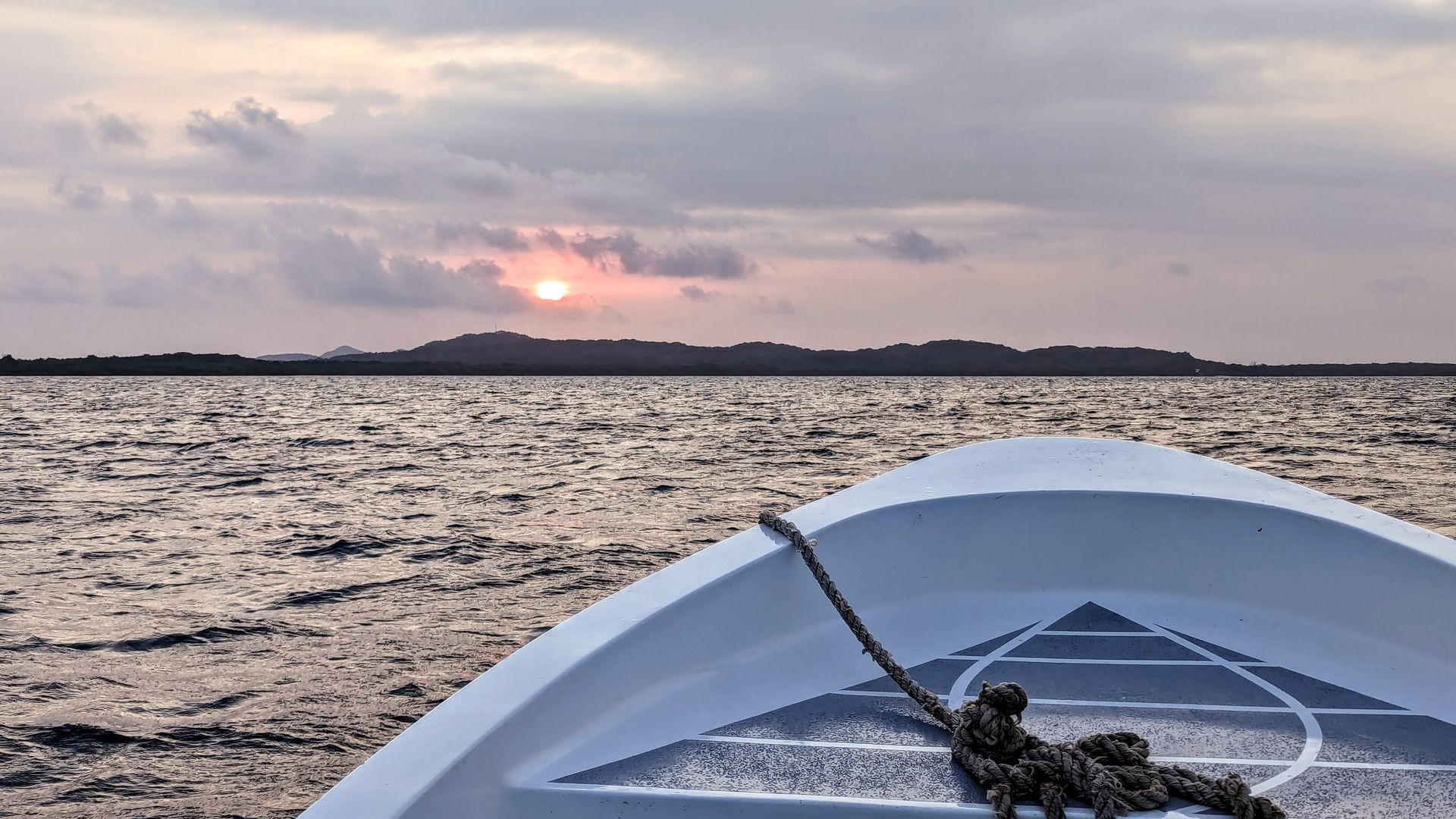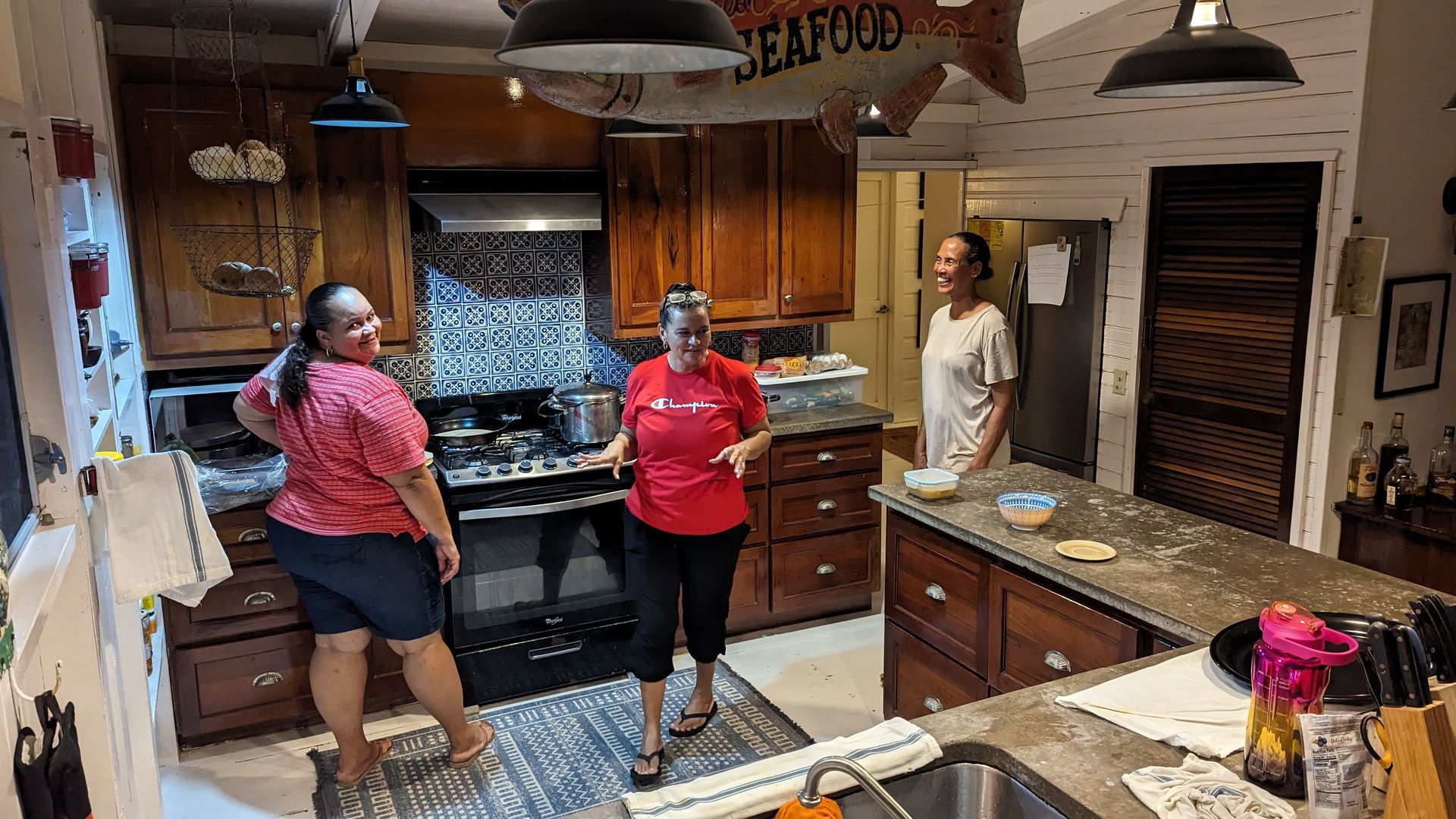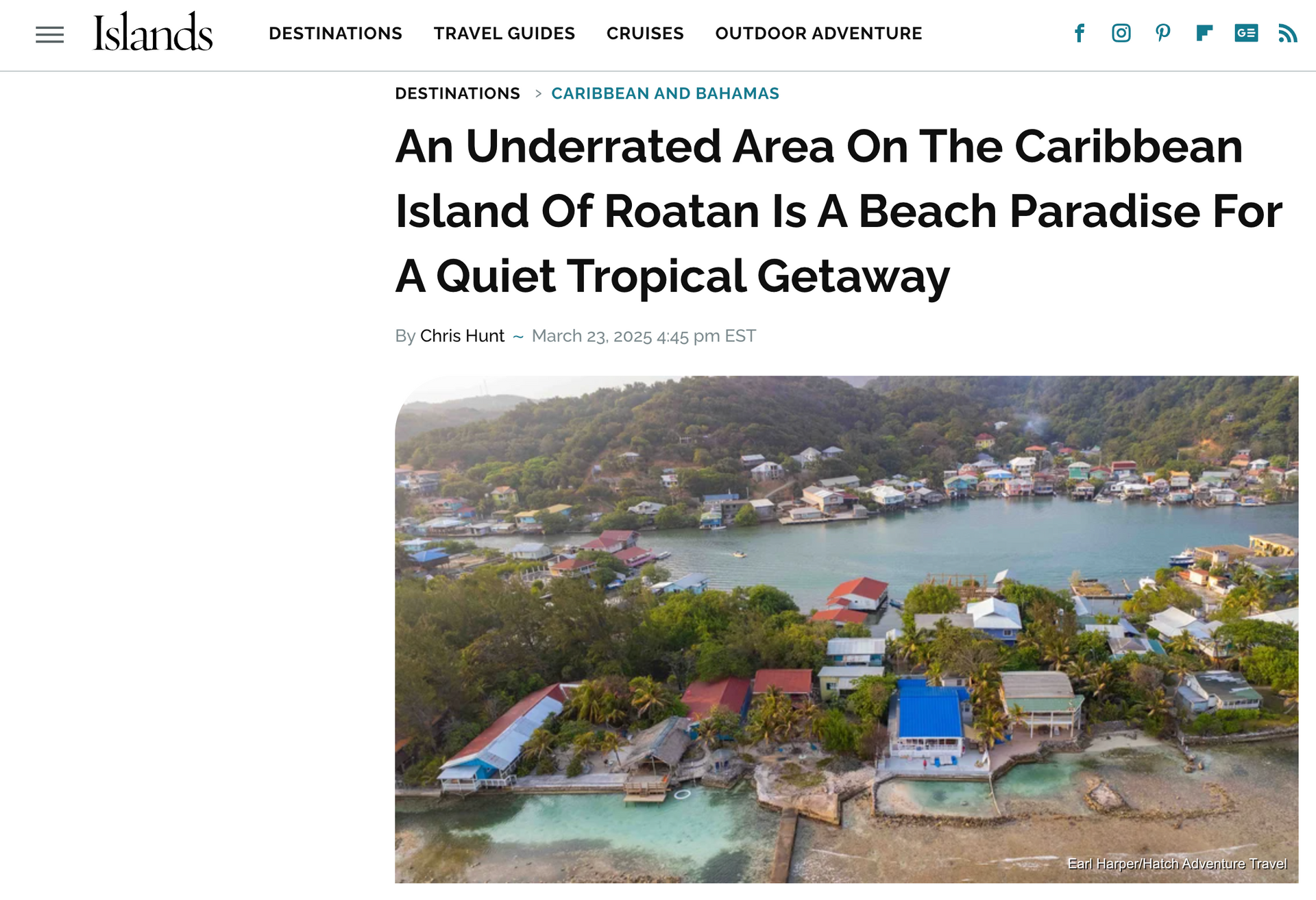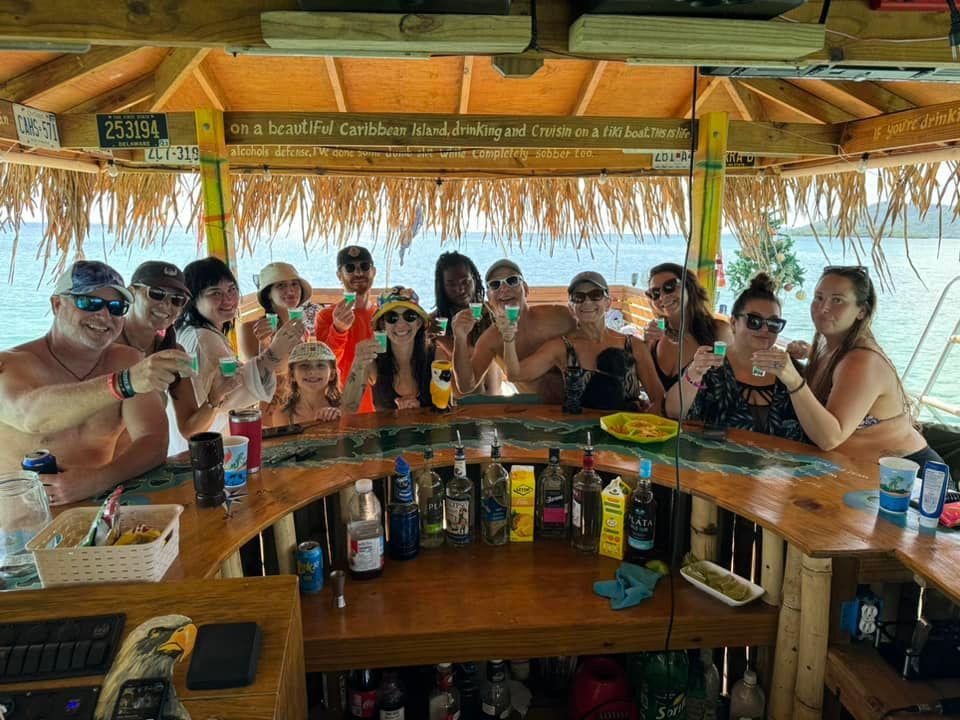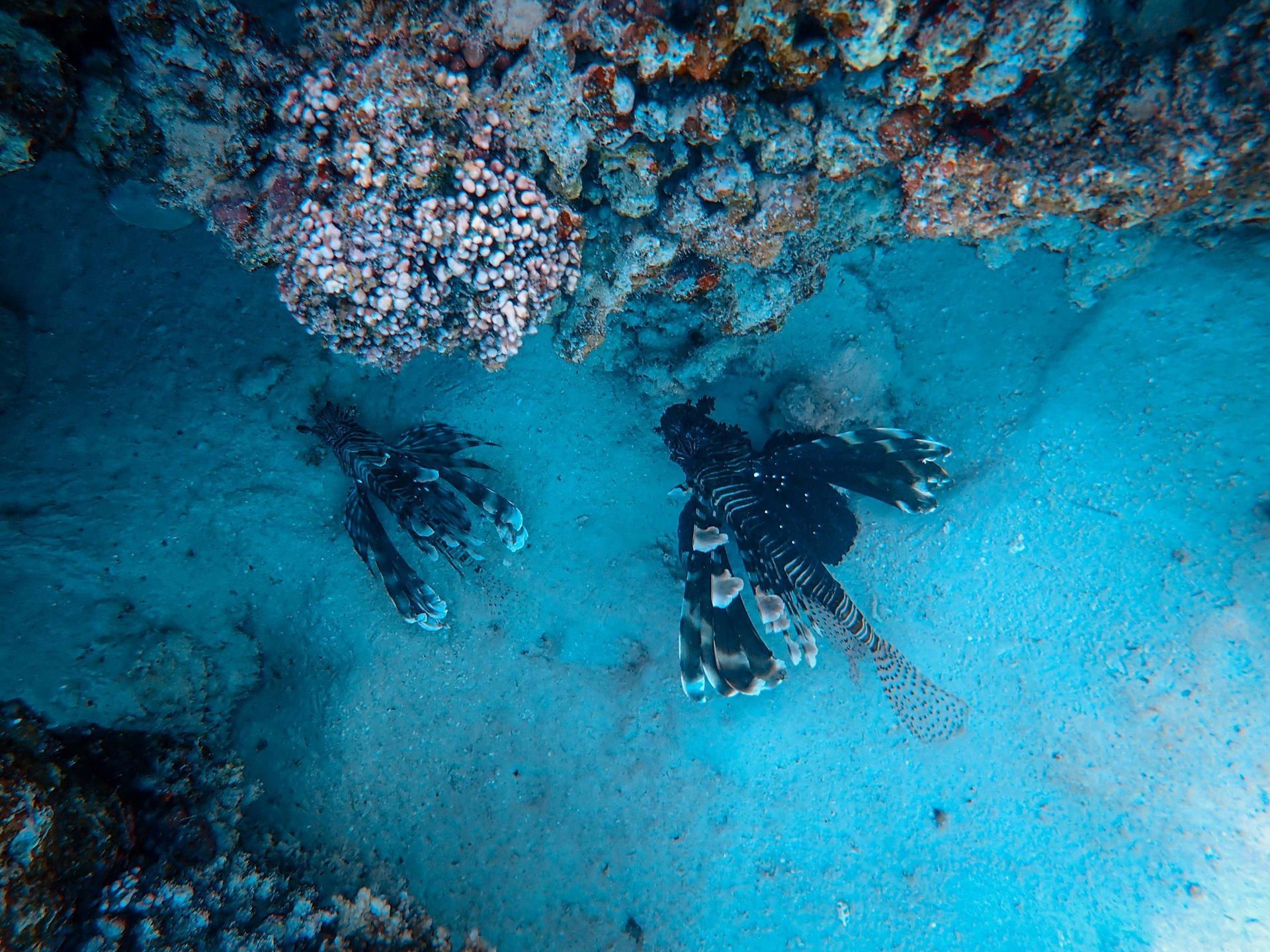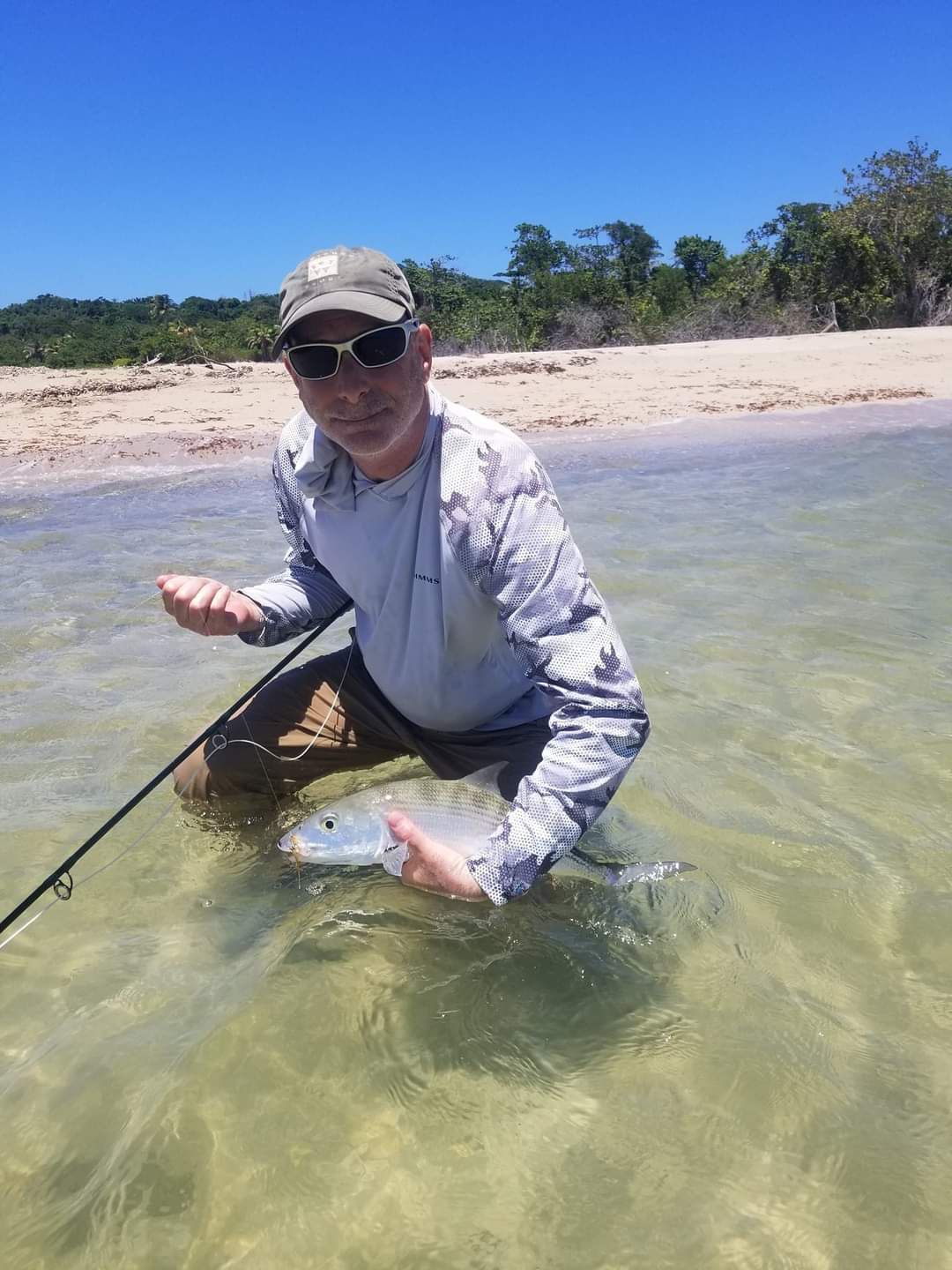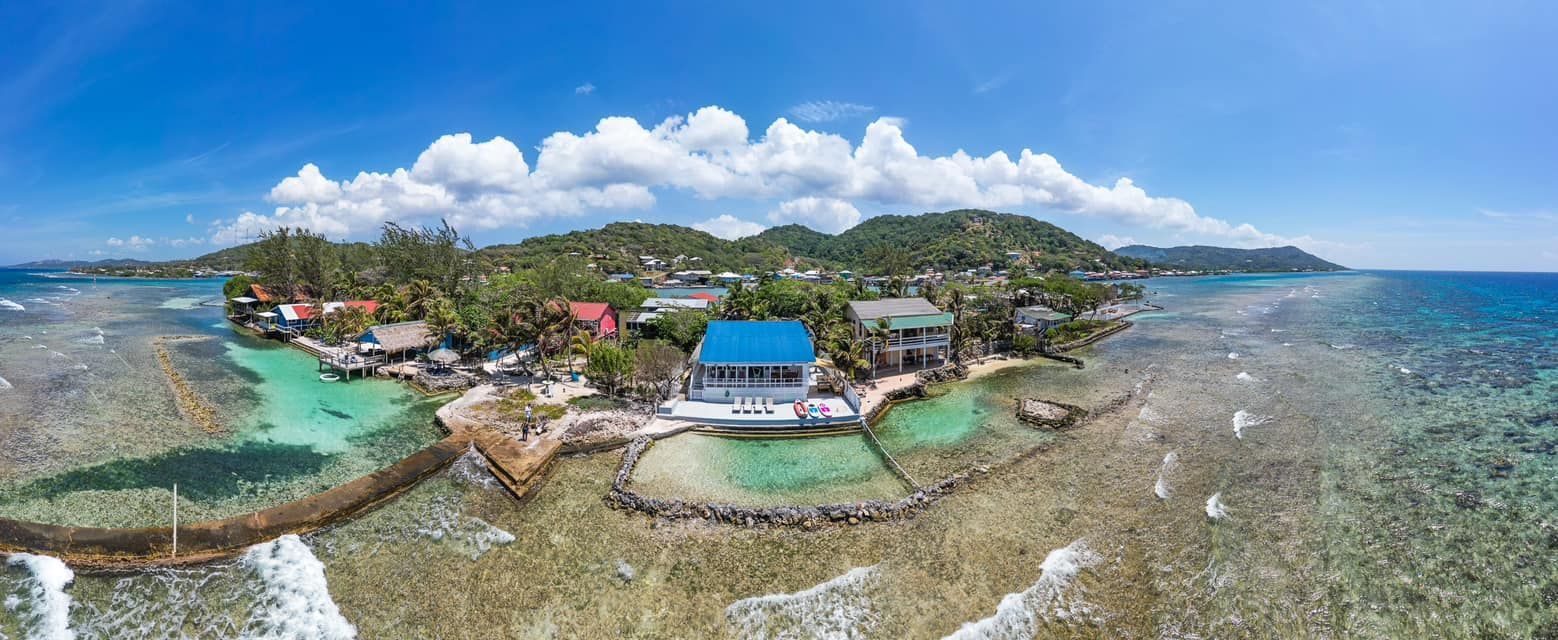Pirate Lore Runs Strong and Deep on Roatan’s ‘East End’
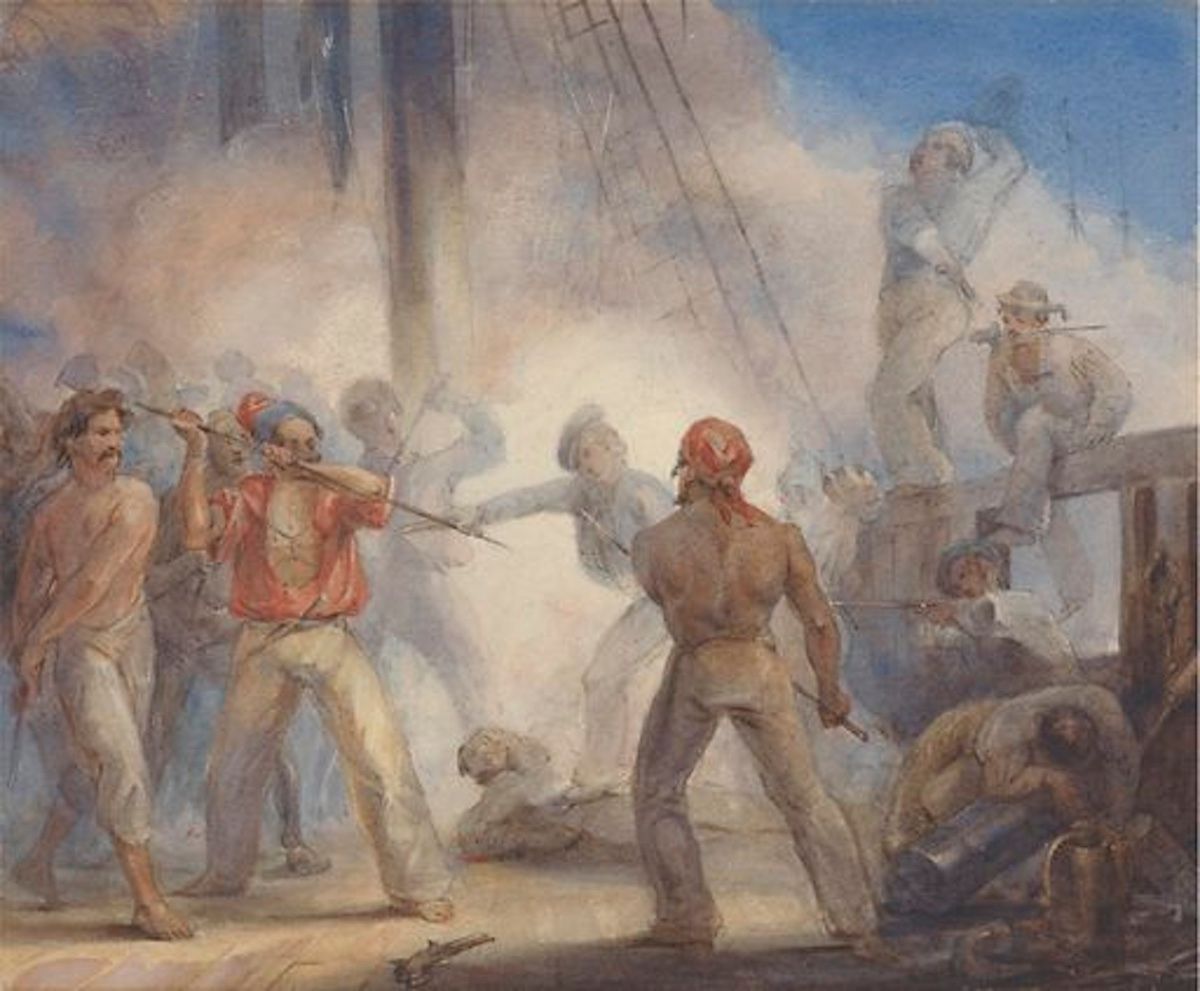
For the better part of 500 years, Roatan has embraced its colonial roots, and with it, the salty history of piracy.
According to historians, the first recorded instance of piracy on Roatan happened in 1577, when British pirates raided Guanaja. After being beaten back by the island chain’s Spanish protectors, the pirates moved along, but continued to raid and plunder other settlements in Roatan.
In 1638, the British established an official colony at Old Port Royal on Roatan’s “east end,” with the intent of having colonists harvest timber from the mountainous slopes above the protected port. Timber, though, was only part of the commerce the Puritan settlers practiced — in time,
Port Royal became a pirate stronghold, and Spanish ships moving cargo from Central America home to Europe were frequently targeted by Port Royal-based pirates.
The raids became untenable to the Spanish crown, and in 1650, Spain sent a formidable naval force to Port Royal and basically wiped the settlement off the map. In time, the community regorganized, and many decades later, piracy would again be an issue. But the Spanish raid taught the survivors and their progeny an important lesson: a pirate’s life should be mobile and secret. Hiding out and moving about was a better option than trying to operate from an established port.
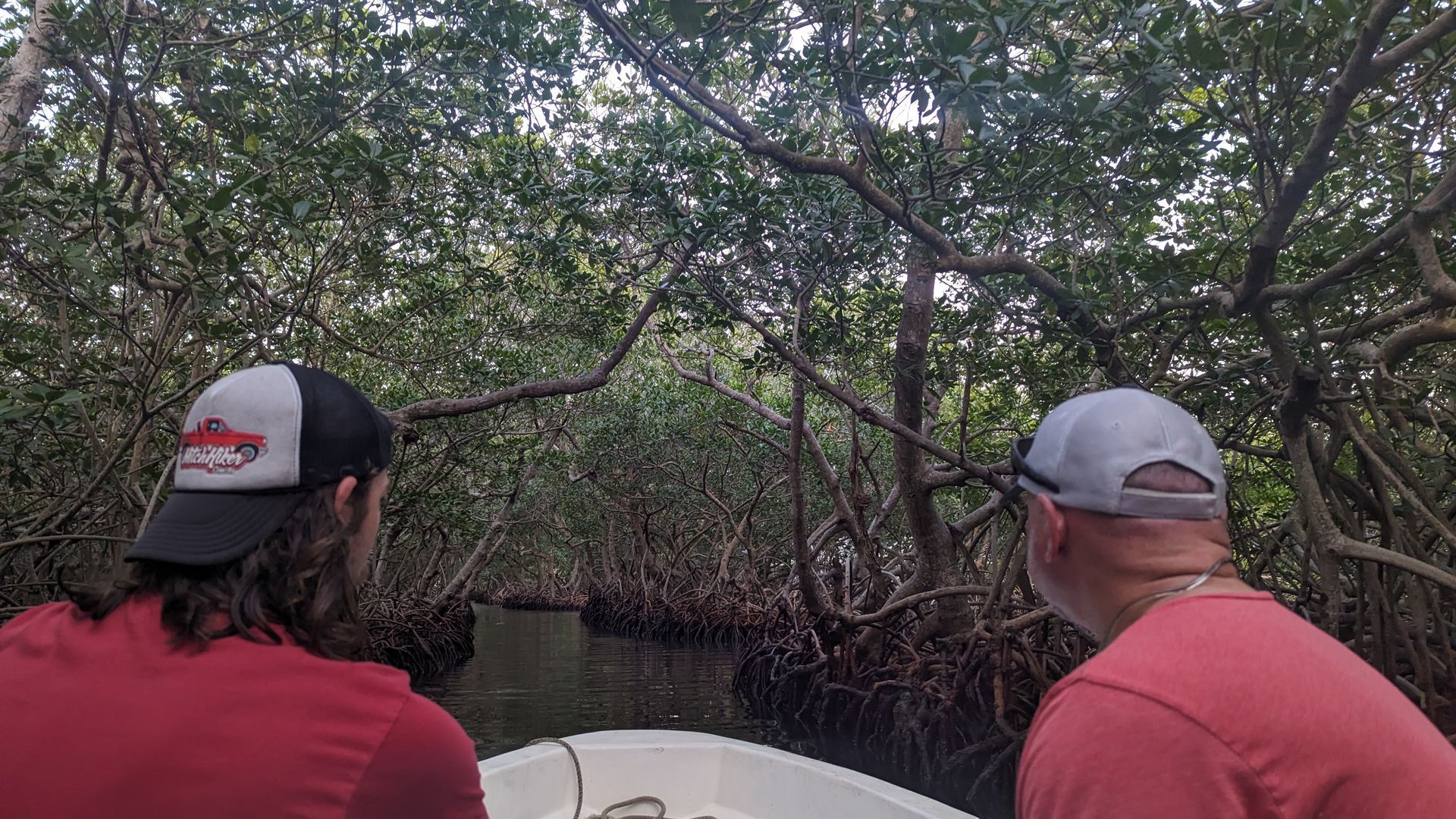
So, in the decades to come, Roatan’s pirates and, eventually, its sanctioned privateers, took to carving small hideouts along the southeastern coast. Here, they carved little escape routes through the mazes of mangroves and established hidden communities high in the mountains.
Over the next century as Britain, Spain, France and other European nations with imperial aspirations plundered the Caribbean and the native settlements of Central and South America, Roatan became something of a pirate hideout. Its hidden deepwater ports were ideal for “disappearing” after a raid, and the islands provided shelter from storms and swarms of patrolling naval vessels from both Spain and Britain.
By the late 1700s, after being expelled from the mainland of Honduras and Belize, British settlers once again occupied the site of Old Port Royal, and, once again, its citizens turned to harassing Spanish cargo vessels. And, once again, in 1782, the Spanish fleet moved in and destroyed the village, forcing the residents to flee. According to historians, the Spanish navy took out 500 structures — the community would never boast so many buildings again.
Today, the pirate history runs deep in the East Enders of Roatan — the mangrove mazes are still there, and you can see them yourself by meeting a tour boat right from the dock at Ocean Breeze Villa. Port Royal, too, is still around, and today it’s a diving and snorkeling paradise, as well as becoming increasingly well-known as an inshore fishing destination.
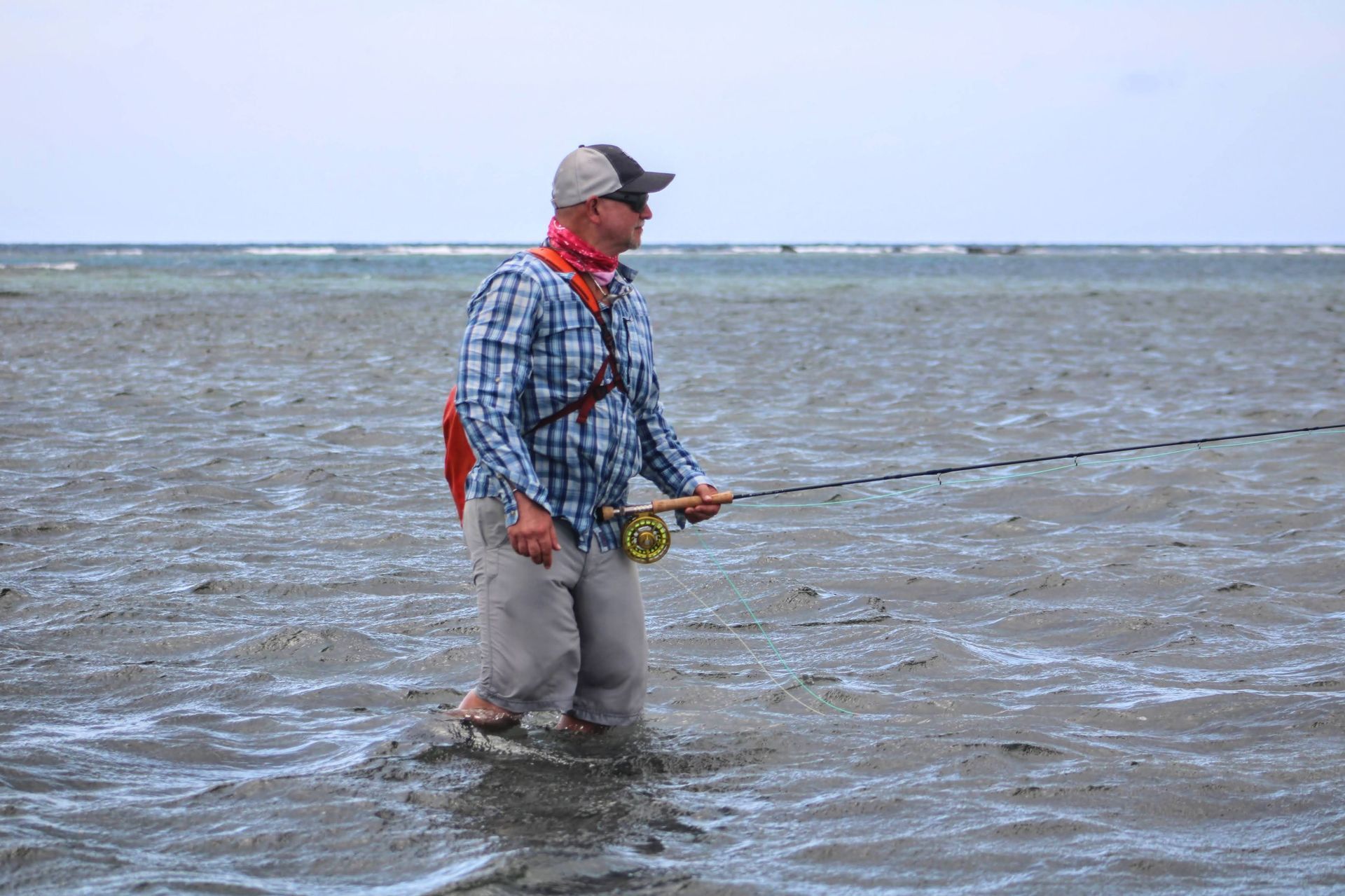
On land, the pirate past can still be found in the descendants of the island’s first European visitors, but piracy is no longer a thing. Instead, Port Royal marks the “end of the road” that traverses the island of Roatan. But, it should be noted, in the late 1960s, a chestful of silver bars was supposedly plundered from a pirate hiding place on a nearby Island (the Cow in the Cow and the Calf islands).
Today, visitors to Ocean Breeze Villa can take a Tiki Boat cruise — complete with choice cocktails, appetizers and even a stop for snorkeling — and sail right by Old Port Royal, the contentious staging point for East End piracy starting in the late 1500s.
From the comforts of the boat, imagine what life might have been like when the likes of John Coxen (a pirate and privateer who once sacked the Spanish community of St. Augustine in
Florida) and Edward Teach (the infamous Blackbeard) braved the deep Caribbean in search of plunder.
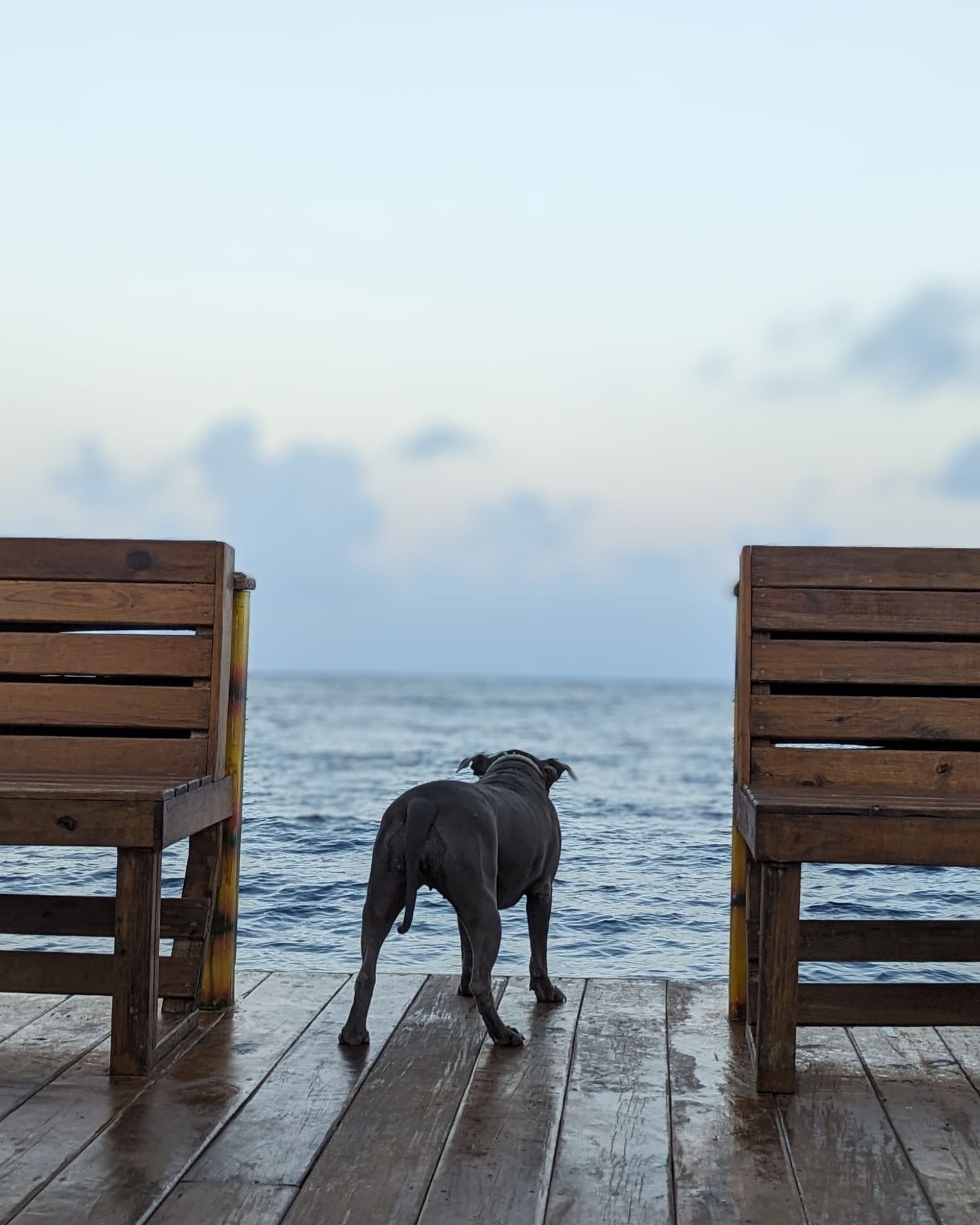
Today, the East End is much more gentrified — the ideal retreat for anyone interested in an authentic Caribbean get-away. You won’t find sneeze guards hovering over your next meal, and you won’t need a wristband to get into the nightclubs. Instead, you can soak up the tropical sun next to a beautiful tide pool at Ocean Breeze Villa or snorkel right off the dock on the edge of the second-largest barrier reef in the world. You’ll enjoy expertly prepared meals with a local Creole flair, air-conditioned rooms and adventure that literally starts right out the front door.
But, remember, centuries ago, Roatan was a hideout ... a sanctuary for ne’er-do-wells to get away from the imperial powers out to settle the Caribbean and plunder its riches. You don’t need to be a pirate to seek a retreat today — and Ocean Breeze Villa is the ideal sanctuary for anyone looking to get away from it all.
Get in touch with us. Come play pirate on the tranquil East End — we have the perfect hideout for you.
